Upon the release of their eponymous debut in 1967, Jim Morrison and the rest of The Doors joined a tidal wave of evolving rock ‘n’ roll that would come to define the latter half of the decade with its experimental qualities, tinges of psychedelia, and incorporation of new instruments and global sounds. With their organ-heavy arrangements and Morrison’s metaphysical songwriting, The Doors helped usher in a new age of rock music that had a bit more grit than its early 1960s counterparts.
Videos by American Songwriter
In a 1969 interview with Rolling Stone, a nearly unrecognizable Morrison predicted what he felt would be the next evolutionary stage of rock ‘n’ roll music. However, his tragic death in 1971 meant that he never got to see just how true his predictions would be.
Jim Morrison Felt Like the Music Industry Was Moving Toward Electronics
The sonic and mechanical evolution of rock ‘n’ roll certainly goes hand in hand. Rock music got heavier and louder as new technology, like electric amplifiers, became more commonplace. Once musicians discovered they could distort the tone coming out of those amps, rock got heavier and grittier still. The rise of psychedelic drugs also correlated with the rise of psychedelic rock as more creatives began to express themselves through an LSD-powered filter. The Doors saw all of this happen, both as young unknowns cutting their teeth and as one of the most popular bands to come out of the West Coast at the time. From their unique vantage point, these players could clearly see how rock had made its long journey from “then” to “now.”
In a taped interview from 1969, Jim Morrison—nearly unrecognizable with his bushy beard, long hair, and dark sunglasses—described how rock came to be by blending two of the main musical styles native to the States, blues and country.
“Ten years ago, what they called rock ‘n’ roll was kind of a blending of those two forms,” Morrison said. “I guess what’s happening now is that rock is kind of dying out, and everyone is going back to the roots. Some are going back to country, and some are going back to basic blues. I guess, in four or five years, the new generation’s music…it’ll have a synthesis of those two elements and some third thing. It might rely heavily on electronics. I can kind of envision one person with a lot of machines, tapes, and electronic setups. Singing or speaking using machines.”
The Sad Reality of the Rock ‘n’ Roller’s Predictions
In a separate interview with Rolling Stone that same year, Jim Morrison echoed similar sentiments about the country-blues hybrid evolving into some other sonic blend in the next couple of years. He also emphasized the increasing power of the individual musician, as expanding technology made it easier to create entire compositions by oneself. The Doors frontman said that although he didn’t readily see the next musical generation completely formed yet in 1969, he sensed it was coming. “That’s probably what’s going to happen: some brilliant kid will come along and be popular,” Morrison told the magazine. “I can see a lone artist with a lot of tapes and electrical…like an extension of the Moog synthesizer.”
“There’s somebody out there, working in a basement, just inventing a whole new musical form,” Morrison said. “We’ll hear about it in a couple years.”
Sadly, Morrison wouldn’t. He shared his beliefs about the future of the music industry in late July 1969. By July 3, 1971, Morrison was dead. However, his predictions proved to be true in the years that followed. Electronic instruments like synthesizers and keyboards became an inextricable part of rock ‘n’ roll, especially throughout the 70s and 80s.
Photo by Bettmann/Getty Images

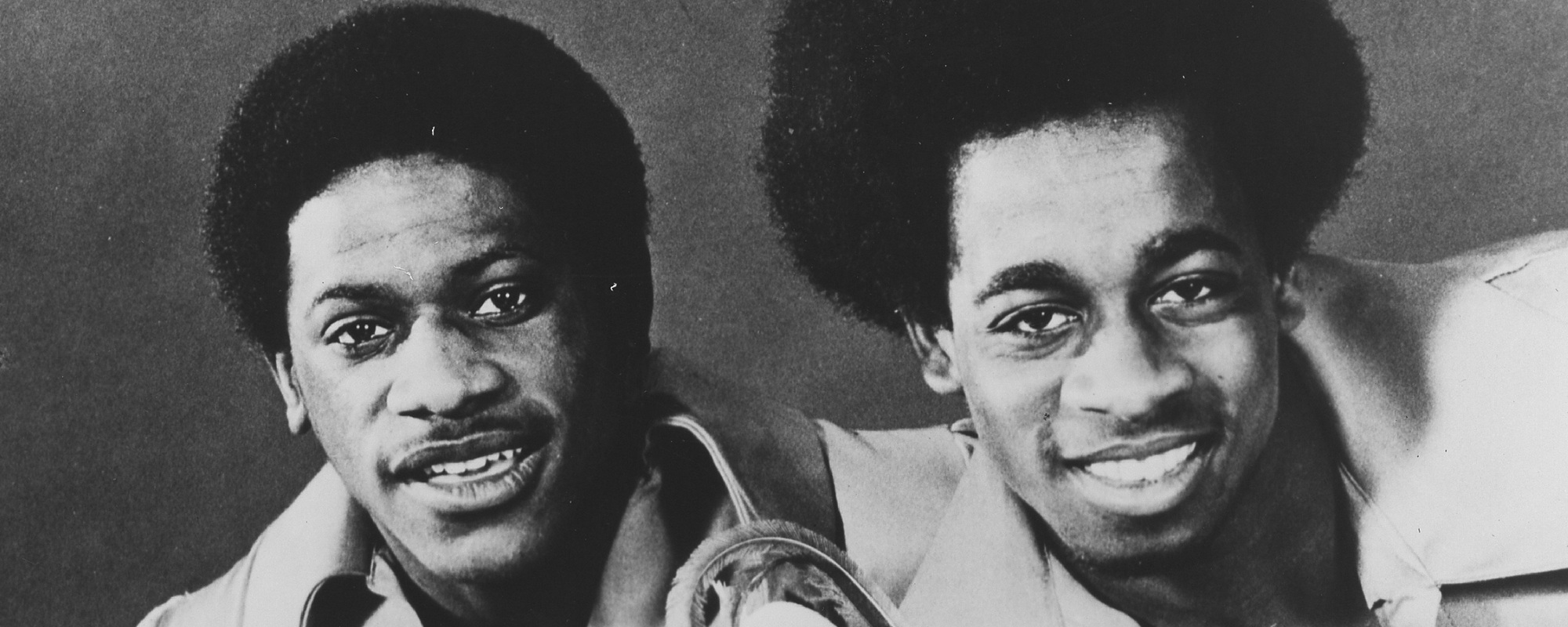
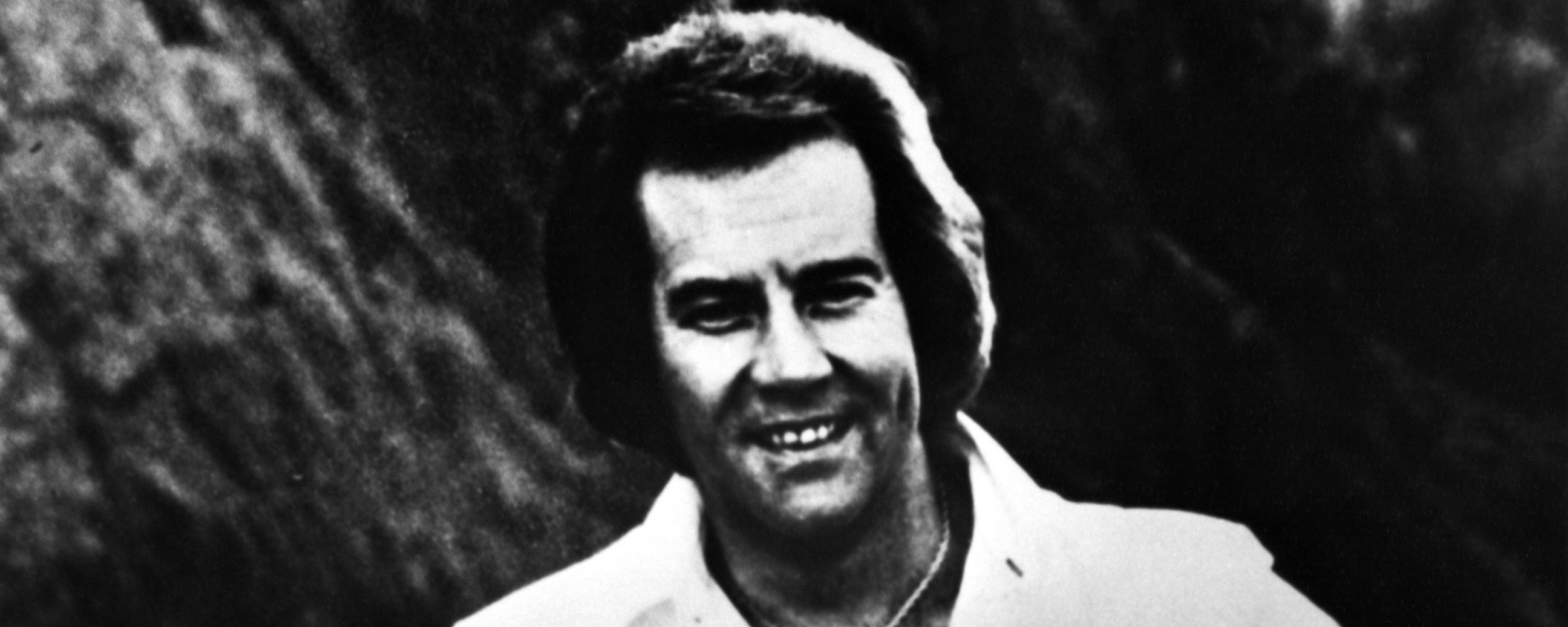
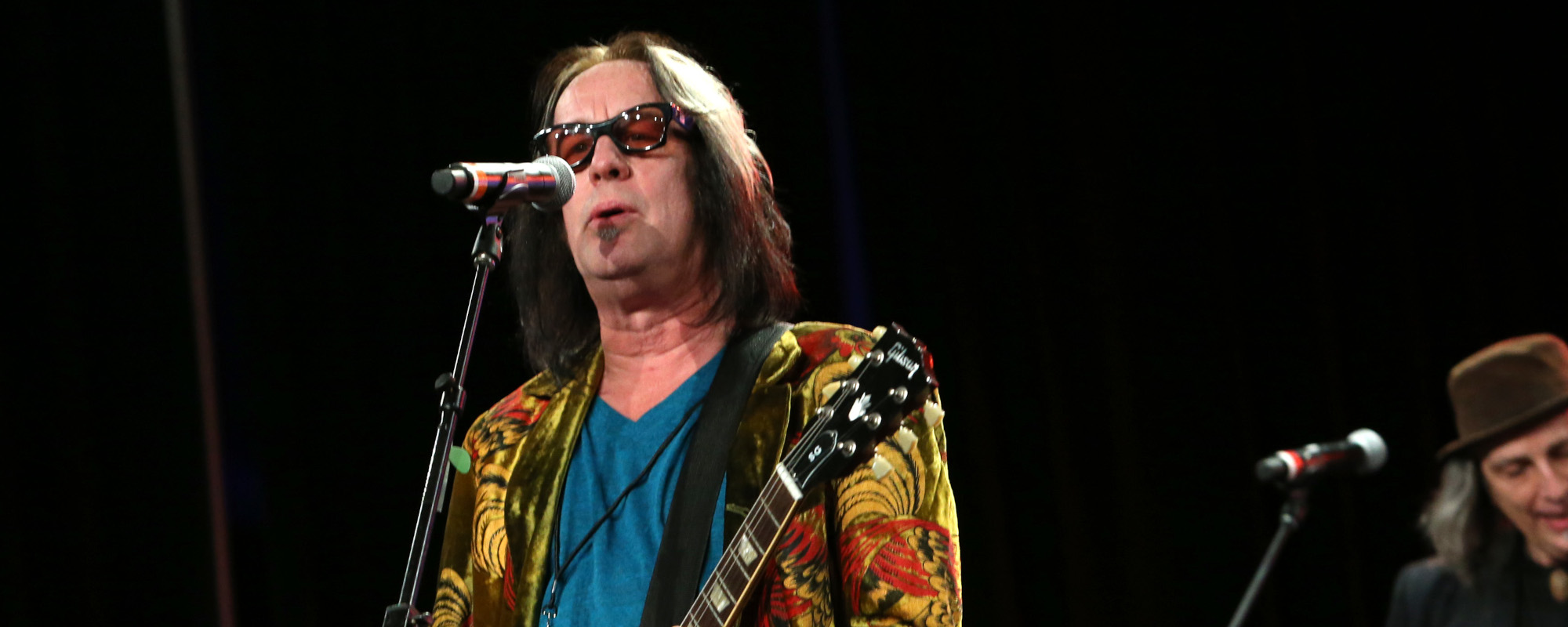

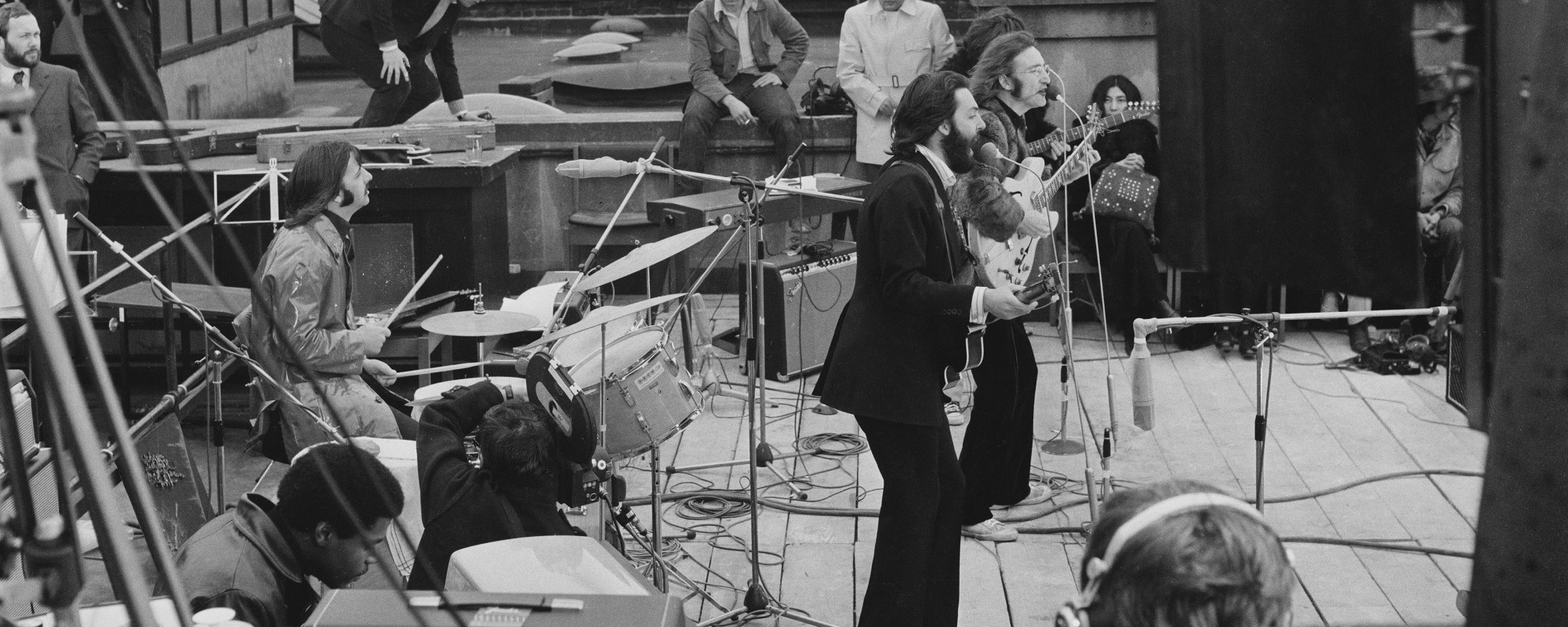

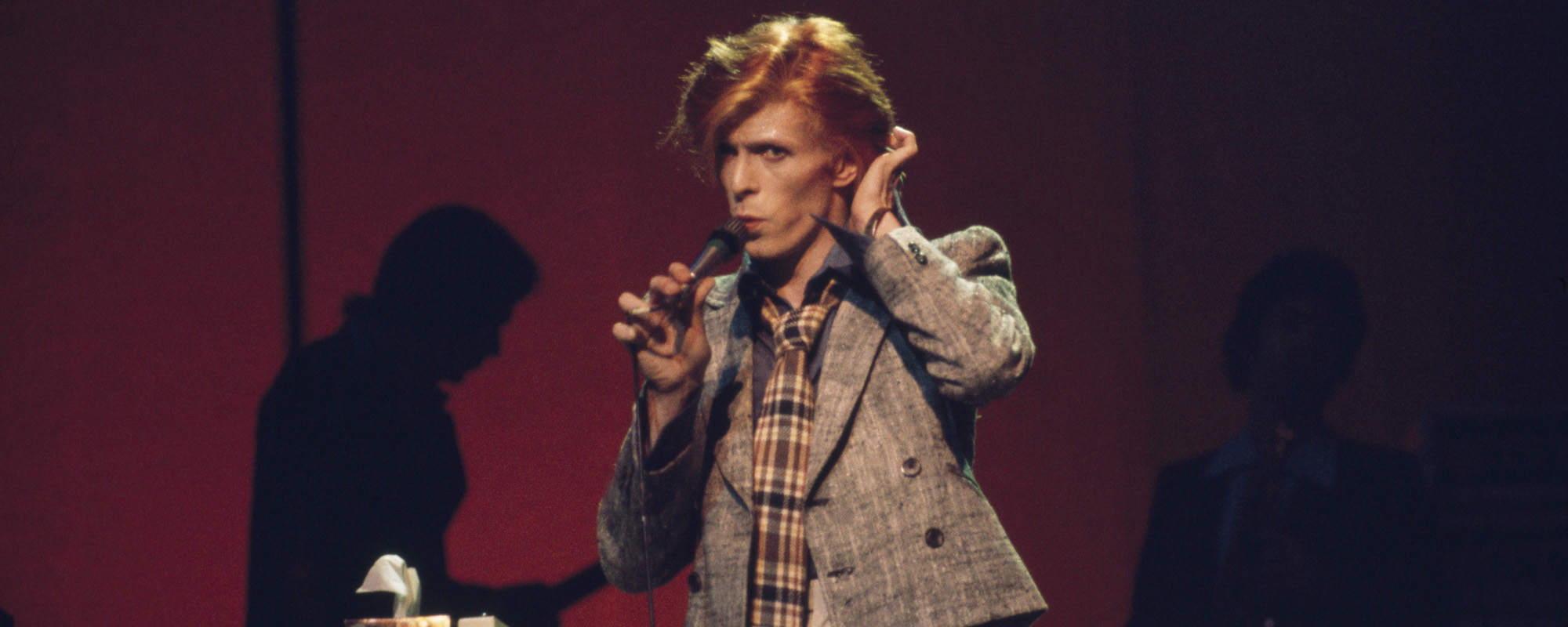
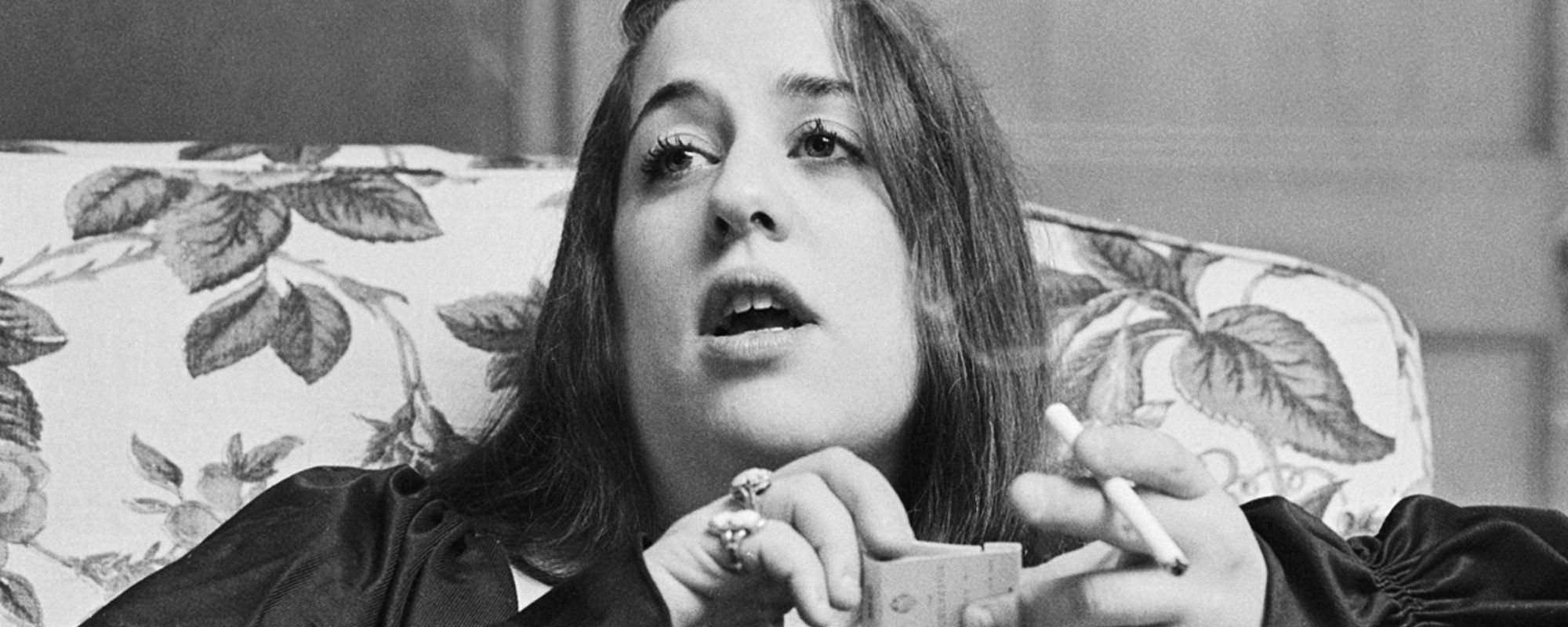


Leave a Reply
Only members can comment. Become a member. Already a member? Log in.